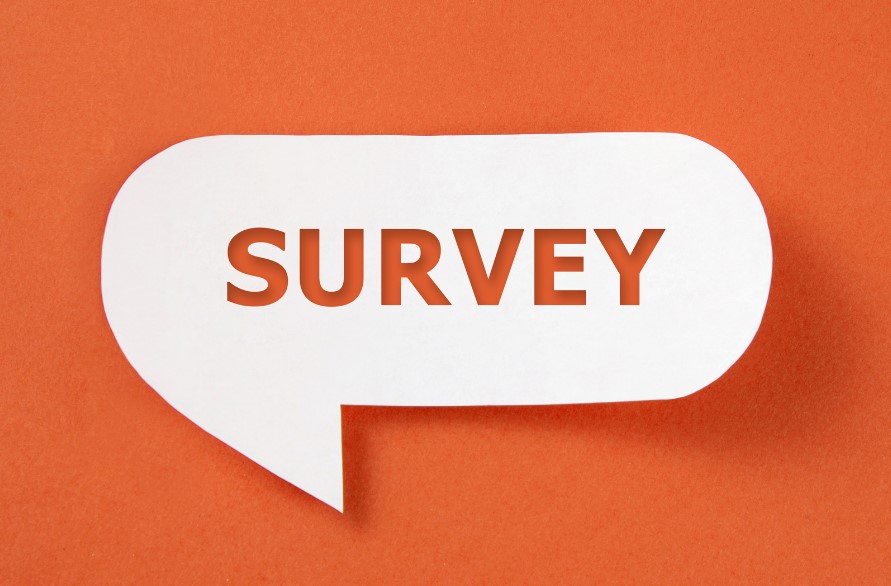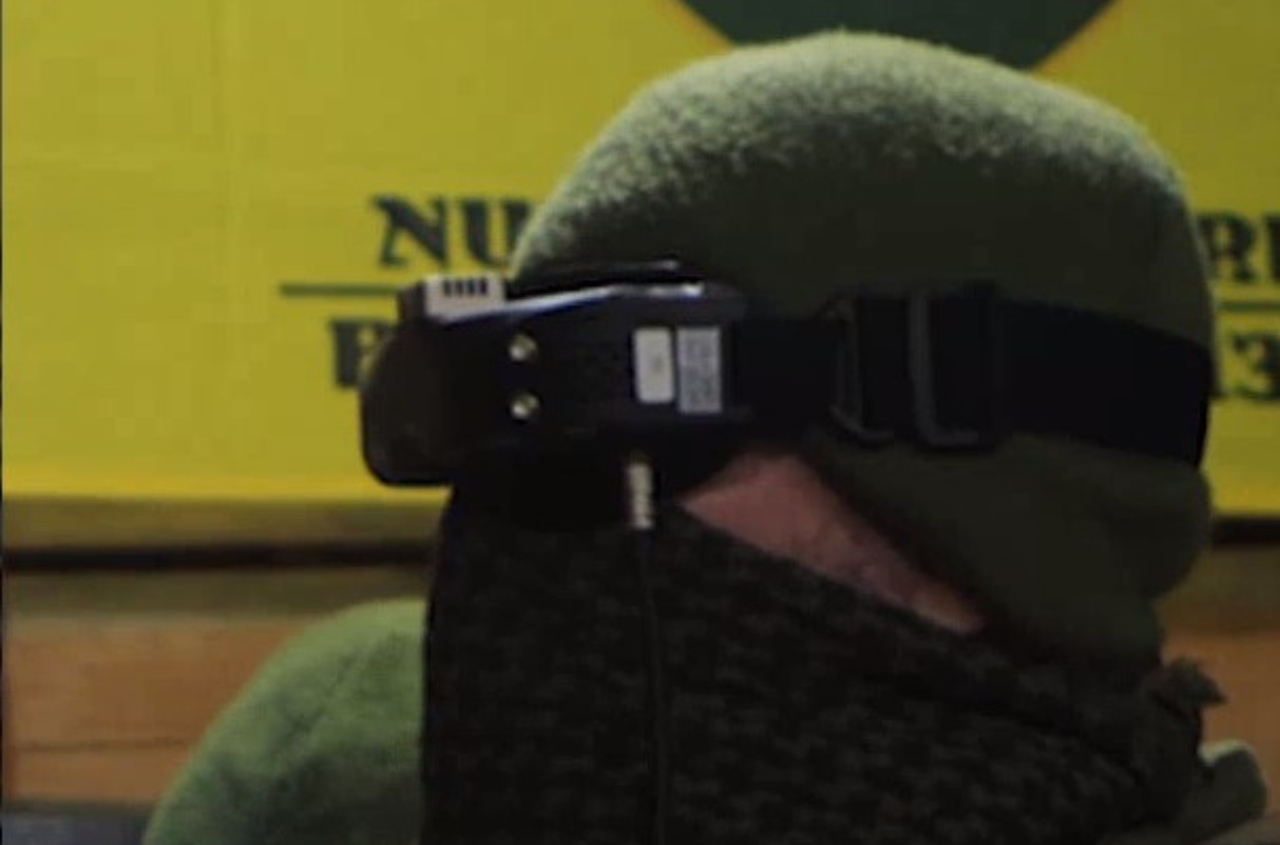What is the vision of Ukraine's future after the war and what sentiments does business declare? 2023 was another stage of testing our endurance and courage. Having completed more than 300 research projects in 2023, Gradus Research has formulated 7 social key trends of the past year.
Social trends
1.Vision of Ukraine's future after the war — Ukrainians tend to demonstrate hope, altruism, and freedom-loving attitudes
Despite the war, or perhaps because of it, society expects life to normalize. The overwhelming majority of respondents in various Gradus Research surveys throughout the year declare that they believe in and expect improvement. In addition, 2023 continued the trend of social cohesion. Willingness to help, the level of trust in Ukrainians, and involvement in volunteering are at a high level despite some fluctuations.
Freedom remains a key value for the vast majority of Ukrainians, and its importance has increased significantly since the beginning of the war. The society demonstrates freedom-loving attitudes and a desire for a democratic future. Despite Ukrainians' growing fatigue with the war, our thirst for freedom is growing stronger every day.
2. High level of trust in society and commitment to the Armed Forces
According to a series of surveys of the socio-political attitudes of Ukrainians conducted by Gradus Research in 2023, the level of trust in the Armed Forces of Ukraine remains high and is at the top — almost three-quarters of Ukrainians express such an attitude.
The fact that Ukrainians have become more trusting of each other since the beginning of the war contributes to the consolidation of our society. The growing level of trust makes it easier for us to coordinate, donate to strangers' accounts, and ask for help not only from people in our circle of friends. Most importantly, it allows us to solve problems of national importance on a person-to-person basis. Without trust, such actions would be impossible.
3. Demand for justice
At the same time, citizens demonstrate a high demand for justice, both external — the enemy must be punished — and internal — the demand to overcome corruption and reform the law enforcement system, the judiciary, and the civil service. And the injustice of Ukrainians is often mentioned among the dividing factors in society.
4. Involvement in charity and volunteering is steadily growing. Ukrainians direct the greatest efforts to the Armed Forces
Over the past year, the number of people who help through volunteering, defense activities, and support for the frontline has doubled. This growth is due to those who wanted to join — the results of Gradus Research surveys showed that the number of those who only intended to join but did not do so decreased compared to last year.
Military purposes have become the leader in charitable contributions, with almost two-thirds of Ukrainians donating to them. Such a significant level of involvement in supporting the Armed Forces of Ukraine once again confirms the high level of trust in them.
5. Growing digitalization of Ukrainians
Society is becoming more and more digitalized, with the majority of Ukrainians spending more than 4 hours a day online, and active users spending more than 8 hours.
At the beginning of the pandemic, offline and online shopping competed with each other, and the former was more common, as people were used to going to stores and choosing goods physically. During the war, Ukrainians became even more immersed in online shopping. Surveys show that almost the same number of respondents prefer offline and online shopping.
6. Messengers remain the most popular media for news consumption among Ukrainians, but short video content is also growing in importance
Although messengers have remained the top choice for reading news since the beginning of the war, as evidenced by Gradus Research's media consumption surveys, the importance of YouTube and other types of short video content for Ukrainians is also growing. The fact that people are increasingly choosing video content may be a sign of news reading fatigue and the growing popularity of the video blog format. It can also be explained by the fact that at the beginning of the war, Ukrainians preferred to receive the most up-to-date information that could be issued in a text format the fastest. Now, when the events are unfolding more moderately, people are ready to wait for more visual formats, such as video, rather than consume fast formats.
7. The scope of Ukrainian women's responsibilities has increased during the war, but despite this, there is a high level of satisfaction with family life, as they have increased their awareness of the value of their partner
The war expanded the functionality of women and increased their workload. In particular, their financial responsibilities have increased, as well as their sense of responsibility for raising children and their activity in planning family life. However, despite the psychological challenges, high levels of stress, travel, and fears that Ukrainian women face, they demonstrate a high level of satisfaction with family life. The war has made families more cohesive: partners have begun to appreciate and support each other in their relationships, and physical separation does not stand in the way.
"For almost two years of war, Ukrainians have been demonstrating rapid adaptation to the conditions in which we find ourselves. However, of course, fatigue from the war and uncertainty is accumulating, so next year may show us different social dynamics," comments Evgeniya Blyznyuk, sociologist, CEO&Founder of Gradus Research.
The surveys were conducted by Gradus Research using a self-administered questionnaire in the Gradus mobile application. The Gradus online panel displays the population structure of cities with more than 50 thousand residents aged 18-60 by gender, age, settlement size, and region.





















